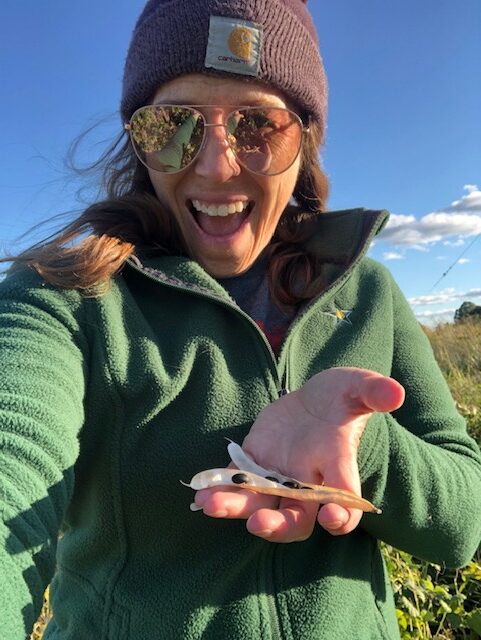Kaitlin knows that understanding the three types of soil helps us to choose the right crops, raise healthier plants and manage a more sustainable farm or garden.
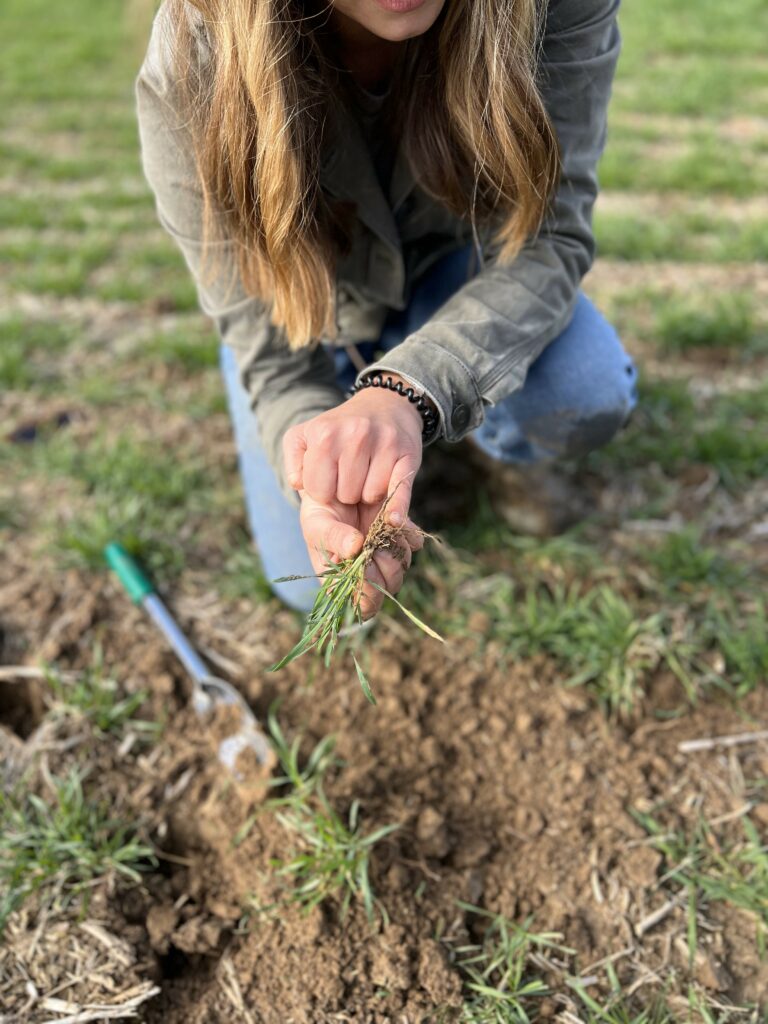

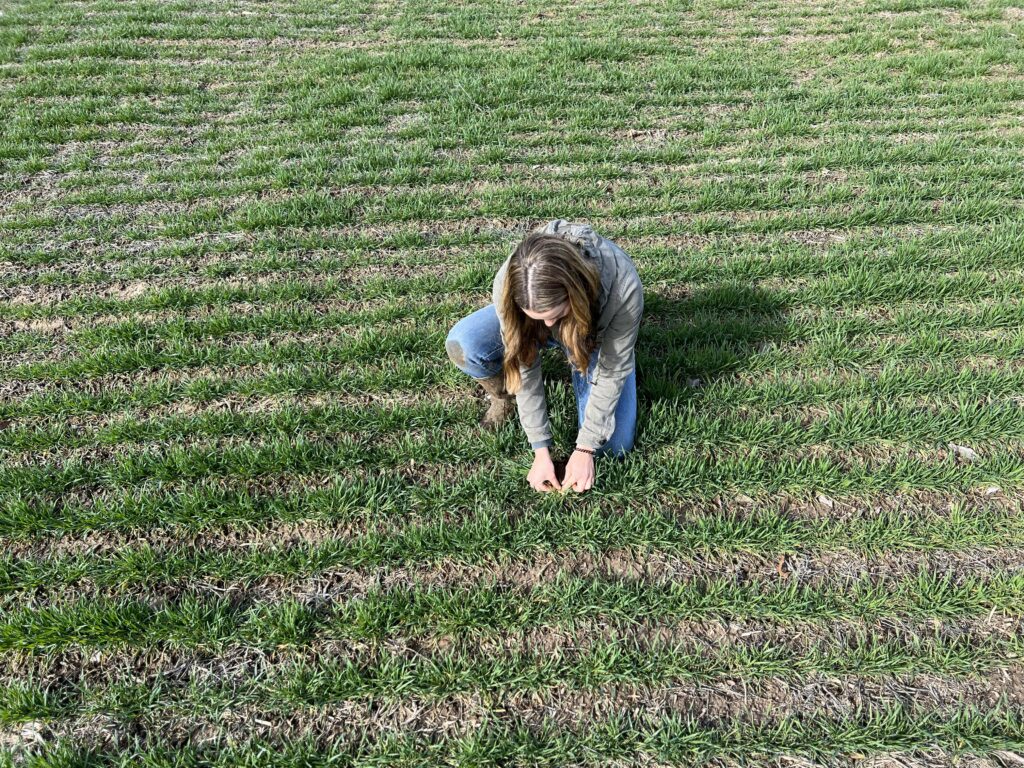
My name is Kaitlin Flick Dinsmore. I am a Missouri farmer, a Certified Crop Advisor and also a gardener. Understanding soil and the three types of soil maximizes the opportunities for the crops in my care to thrive. Why? Because soil types determine the following for every field, garden bed and crop:
- The limiting factors.
- The level of productivity.
The Three Types of Soil and Soil Textures
It’s easiest to describe the three types of soil by starting with their appearance and textures. (Source: USDA)
- Sand: Particles are visible without a magnifying glass, and it feels coarse and gritty
- Silt: Particles are not typically visible by the unaided eye, and it feels smooth and floury
- Clay: Particles are seen only with an electron microscope, and it feels stiff and sticky
What Differentiates the Three Types of Soil?
Each soil type has a different set of limiting factors and levels of production.
Sand
Limiting factors – Water easily leaches through the soil, making it susceptible to drought and wind erosion.
Productivity level – Sandy soil typically loses water and nutrients quickly, which makes for a low fertility level.
Silt
Limiting factors – Silt is sort of a happy medium. Water moves through it, but it moves slowly.
Productivity level – Because silt circulates both air and water well, it is a good soil for growing crops. Silt is usually more fertile than other soil types.
Clay
Limiting factors – Clay soil holds water and compacts easily. Clay also takes longer to warm up in springtime, which makes planting more difficult.
Productivity level – Because of the nature of clay, it can hold onto important nutrients that it will pass along to plants or crops. Clay soils tend to be very fertile.
Do You Know Your Soil Type?
Most soil scientists do a ribbon test to determine a soil type.
I’ve got a simple video to guide you through a soil type ribbon test here.
Soil Structure
When farmers talk about their soil, they refer to both their soil type (sand, silt and clay content) as well as their soil structure. Soil structure is the arrangement of the soil particles.
I like to think of it like ingredients for baking brownies. Brownie ingredients get mixed together to make the brownie batter just like soil particles bind together to create the soil structure. Both brownie batter and soil structure are better if they are not too watery and not too thick.
Soil determines a farmer or gardeners’ limitations for a crop, or what must be done to amend the soil to make it more productive.
Farmers and gardeners can amend their soil by adding organic material, such as compost, grass clippings, peat moss, or leaves. When this material decomposes, it puts nutrients back into the soil and can help with water infiltration on sandy soils. It also loosens up clay soils to ease root penetration.
What is a “Loamy” Soil Type?
Soil is rarely composed of just one of the three types of soil. Often soils are made up of a combination of two or three types of soil. If a soil contains equal proportions of sand, silt and clay, then it is called a “loam.”
You might also hear someone refer to their soil as a “clay loam” or “loamy clay”, or some variation. This simply means that their soil is a mixture of the three soil types – sand, silt and clay – but the soil that is present in the greatest amount is what the loam is named after, like “clay loam.” That is a mixture with clay having the most presence.
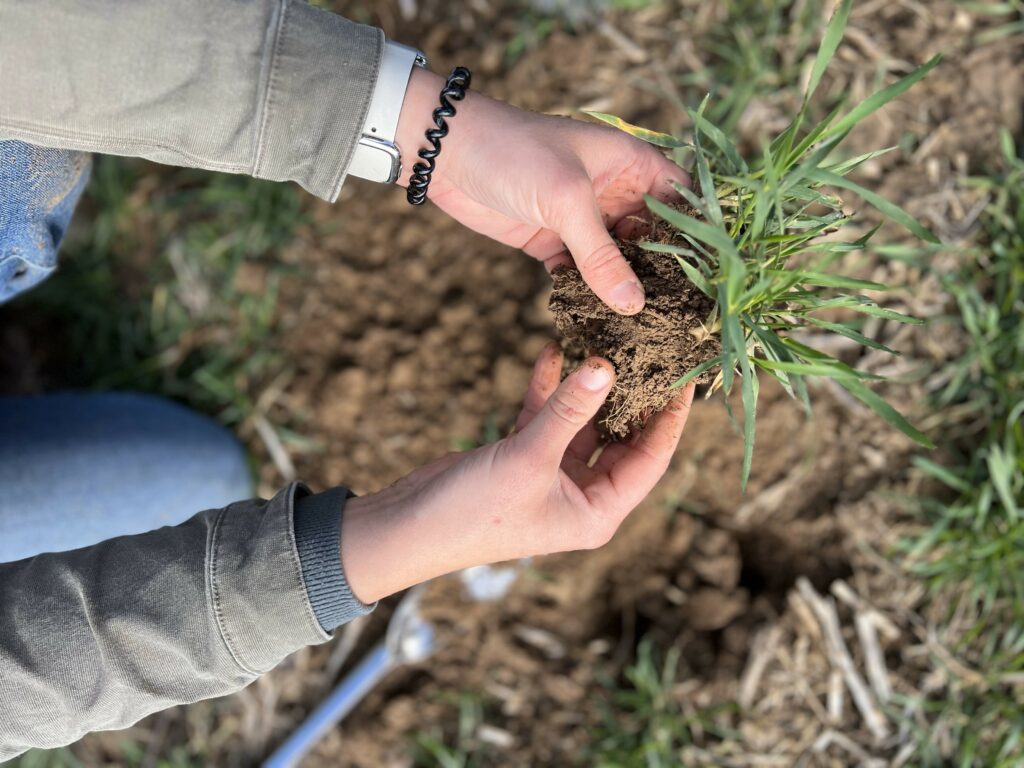
What Soil Type is the Best?
The most desired soil for agricultural production is loamy soil. This is because loamy soil allows for enough spaces between pores for roots to penetrate down. It’s also balanced in mineral components, which reduces diseases and pests and leads to higher yields.
Which of the Three Types of Soil Are On My Farm?
Missouri soils are typically variable, and generally do well with corn, soy and wheat. In one of my fields we have a sandy spot, a silt loam and a claypan1. When we plant corn in this field, we have a few options to help us get a great crop.
One option focuses on seed selection. We usually select our seeds based on the soil type for 85% or more of the field. When selecting seed and fertilizer for fields that are highly productive, we increase the seeds per acre planted, compared to lower seeds per acre on less productive ground.
Another option focuses on fertilizer rates, which is similar to seeding rates. When we fertilize the higher producing soils, we put more fertilizer on to push the yield and then lower the amount on marginal soils.
For sandy soils, nutrients like nitrogen can leach through the sandy soil. Therefore, we split-apply our nitrogen. This way it gets applied twice a year – before the corn is planted and when the corn is growing. By split-applying the nitrogen, we can prevent some from leaching out of the sandy soil.
On other soils we don’t worry about nitrogen leaching as much. However, our clay-heavy soils tend to hold water and denitrification2 can occur from water accumulating and holding in the soil. On our clay soils, if we’ve had a wet spring and nitrogen is lost from the spring nitrogen application, we will come back in season and apply additional nitrogen to help give the corn a boost.
Another option is to plant seeds at variable rates. This approach is helpful because lower-producing soils don’t get as many plants to care for, while higher-producing soil areas get more seeds because it can provide for more plants.
We also apply different amounts of fertilizers based on soil types, soil needs and plant growth stage.
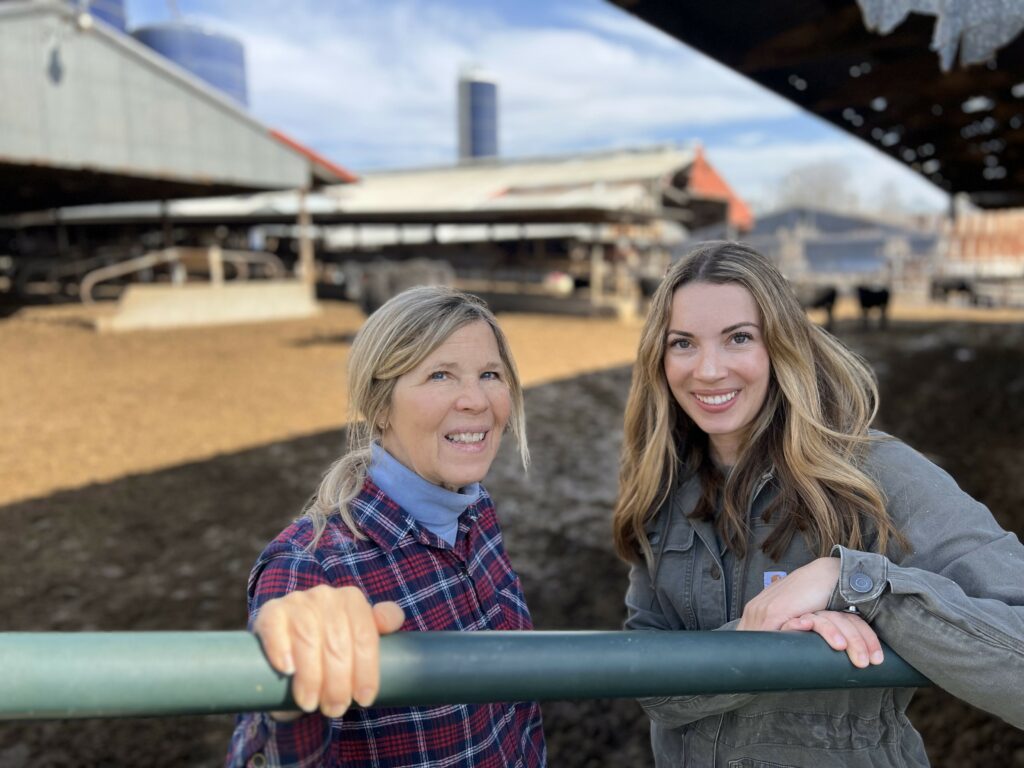
Protecting and Conserving the Three Types of Soil
Erosion happens when the soil detaches from the field (or the garden bed). All soils are prone to erode, but erosion is highly dependent on the management of the soil. If I am dealing with a shallow topsoil that doesn’t have anything to stabilize it, then that particular field or plot is more susceptible to erosion.
This is why it is important to have a cover crop or a residue all year to help stabilize the soil. Cover crops and residue decrease the chances for erosion. By adding a cover crop, or reducing tillage after harvest to increase plant residue, the organic material is slowly being built up. Increasing organic material contributes to better water infiltration resulting in less potential for surface water to run off.
These are the four most common types of erosion:
- Wind erosion – a natural process that moves soil from one location to another
- Sheet erosion – a thin layer of topsoil is removed from a field
- Rill erosion – runoff water forms small channels up to .3 meters deep as it moves down a slope
- Gully erosion – runoff water forms small channels deeper than .3 meters
Soil erosion impacts water quality because sediment particles have nutrients or pesticides attached. This is why it’s important to keep soil in the field and prevent it from transporting to nearby waterways.
Silty and sandy soils tend to be most impacted by erosion. The silt and sand particles are easier to be detached and transported with wind and rain than a clay particle, which is anchored in the soil.
My Mindset for Gardening and Farming
I try to apply the same practices and mindset to gardening that I have for farming. My job is to take care of the soil, plant a seed, care for the crop and work smart for the best outcome.
This year I chose to plant sweet corn, tomatoes, onions, flowers, zucchini and watermelon in my garden. Just like with the farm, I have to watch the forecast for rain and temperatures before I plant. Planting when it’s too cold or before a heavy rainfall might stress the seeds or prevent germination.
The soil bed in my garden or in my fields has to also be ready to accept the seeds I plant. If the soil isn’t dry enough, then the soil can’t cover up the seed. Then the seed is exposed to light, the elements and any herbicide applications.
I like to apply mulch to my garden beds because it helps to curb erosion, and it also prevents weeds. Right before winter, I plant a cover crop on my garden soil to keep the soil healthy, productive and staying in place. My cover crop choices include rye, legumes, peas, oats or turnips. Then I plow them under in the spring, which adds more nutrients to the soil.
Once I get through the harvest season in early fall, I reflect on the data – which crops thrived, which ones struggled and how can I do it better next year.
I bought a piece of property a year and a half ago. After a growing season, I discovered that one-fourth of the field has a low-producing soil type. It holds water. I made the decision to take it out of production and planted a mixture of different grass species. Now that portion of the field is dedicated to pollinators and wildlife.
The grasses of this particular property are also close to a stream and act as a filter for the water that goes from our fields to that stream. As we’re raising corn, soybeans and cattle, we also have to protect nearby waterways for ourselves and for our neighbors.
I need productive soil as a farmer, and I also need to respect the limitations of different types of soils in my care. This mindset helps me to protect the soil and land for the future as well as for today.



